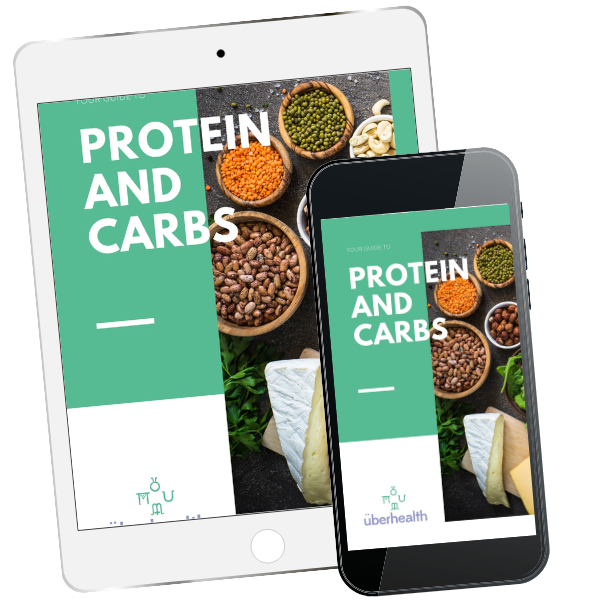Sunshine: A Natural Healer (When Used Wisely)

As the seasons shift, so too do our daily rhythms. Whether you're waking to cooler mornings in the Southern Hemisphere or thawing out from winter in the North, March offers a moment of balance—making it the perfect time to reconnect with one of nature’s most powerful (and often misunderstood) health allies: sunshine.
The Balance of Sunlight
Sun exposure is a tricky conversation. Too much and we risk sunburn, skin damage, or long-term complications. Too little, and we may feel sluggish, low in mood, or even develop nutrient deficiencies. In Australia, we’ve been taught to fear the sun—and for good reason. But in our effort to be sun-smart, many of us have tipped too far in the other direction.
Despite living under a blazing sun, low vitamin D is incredibly common. With many of us working indoors, avoiding peak sun hours, and slathering on SPF from head to toe, our bodies aren't getting the exposure they need—even just 5 to 10 minutes a day.
Why Vitamin D Matters
Vitamin D plays a critical role in:
- Supporting immune function
- Regulating mood
- Strengthening bones and preventing osteoporosis
- Balancing hormones and metabolic health
And here’s the catch: it’s incredibly hard to get enough through diet alone. Sunshine, specifically UVB rays, is what helps our bodies synthesise this vital nutrient. Yet recent healthcare policies have reduced access to routine vitamin D testing, despite deficiency remaining widespread.
Nature’s Light Spectrum
Last month, we focused on sleep hygiene and reducing screen time in the evenings. One of the reasons behind that challenge? Blue light exposure from digital devices. Overexposure to artificial blue light can confuse the brain’s circadian rhythms and impact sleep, mood, and cognitive clarity.
Now, we take the next step—by embracing the full spectrum of natural light.
Watching a sunrise or sunset gives us exposure to the full palette of light: golden yellows, warm reds, and cooling purples. This natural light is processed by photoreceptors in the eyes, which communicate with the hypothalamus—the brain’s control centre for mood, hormone regulation, digestion, immune response, and sleep-wake cycles.
No wonder a bushwalk or beach sunset makes us feel so balanced—it’s not just the fresh air; it's the light itself.
This Month’s Challenge: Reconnect with the Sun
This month, take a moment to reflect on your relationship with sunshine:
- Are you spending your days entirely indoors?
- Do you avoid the sun out of habit, or fear of skin damage?
- Have you been told your vitamin D levels are low?
Let’s bring sunlight back into our lives—gently and sensibly.
Try This:
- Take a short walk outside in the morning or late afternoon (5–15 minutes may be enough)
- Watch a sunrise or sunset once a week—no phones, just nature
- Eat lunch outdoors instead of under office lights
- Make one weekend plan that involves fresh air and full-spectrum light
Avoid sun exposure during the peak hours (10am–3pm), and if you're very fair, start small. The aim is consistency and balance, not excess.
A Gentle Reminder
Sunshine isn’t the villain—it’s one of the original healers. When used wisely, it can lift mood, strengthen the body, and anchor us back into our natural rhythm.
So this month, invite the sun back into your health routine. Step outside. Breathe it in. Let nature's light work its subtle, supportive magic.
FREE RESOURCE


